At Uniq Luxe, we believe every journey should feel seamless, soulful, and deeply personal. When it comes to the historic Nakasendo Trail, our expertise is unmatched—and here’s why we stand apart:
1. Decades of First-Hand Expertise
We have been planning Nakasendo journeys long before the route gained mainstream attention. Our longstanding presence and relationships on the ground mean we have priority access to the most knowledgeable local guides and drivers. In case you haven’t notice, we design your hike to begin in the reverse direction—ensuring tranquil mornings away from the crowds.
2. Tailored Stays, Beyond Luxury
We know every ryokan, every owner, and every nuance of accommodation along the trail. Our insider insight allows us to select lodgings that perfectly match your group’s preferences—whether that’s quiet charm, gourmet meals, or warm hospitality. It’s never just about choosing the most luxurious place—it’s about finding the right one for you.
3. Completely Hassle-Free
From planning routes to preparing baggage transfers, we handle every detail with foresight and care. Our anticipatory service ensures that you travel effortlessly, without worry or administrative burden—just pure enjoyment, from the first step to the last.
Let us craft your Nakasendo experience, the Uniq way.
Ready to embark on this extraordinary journey? Contact us today to find out more.
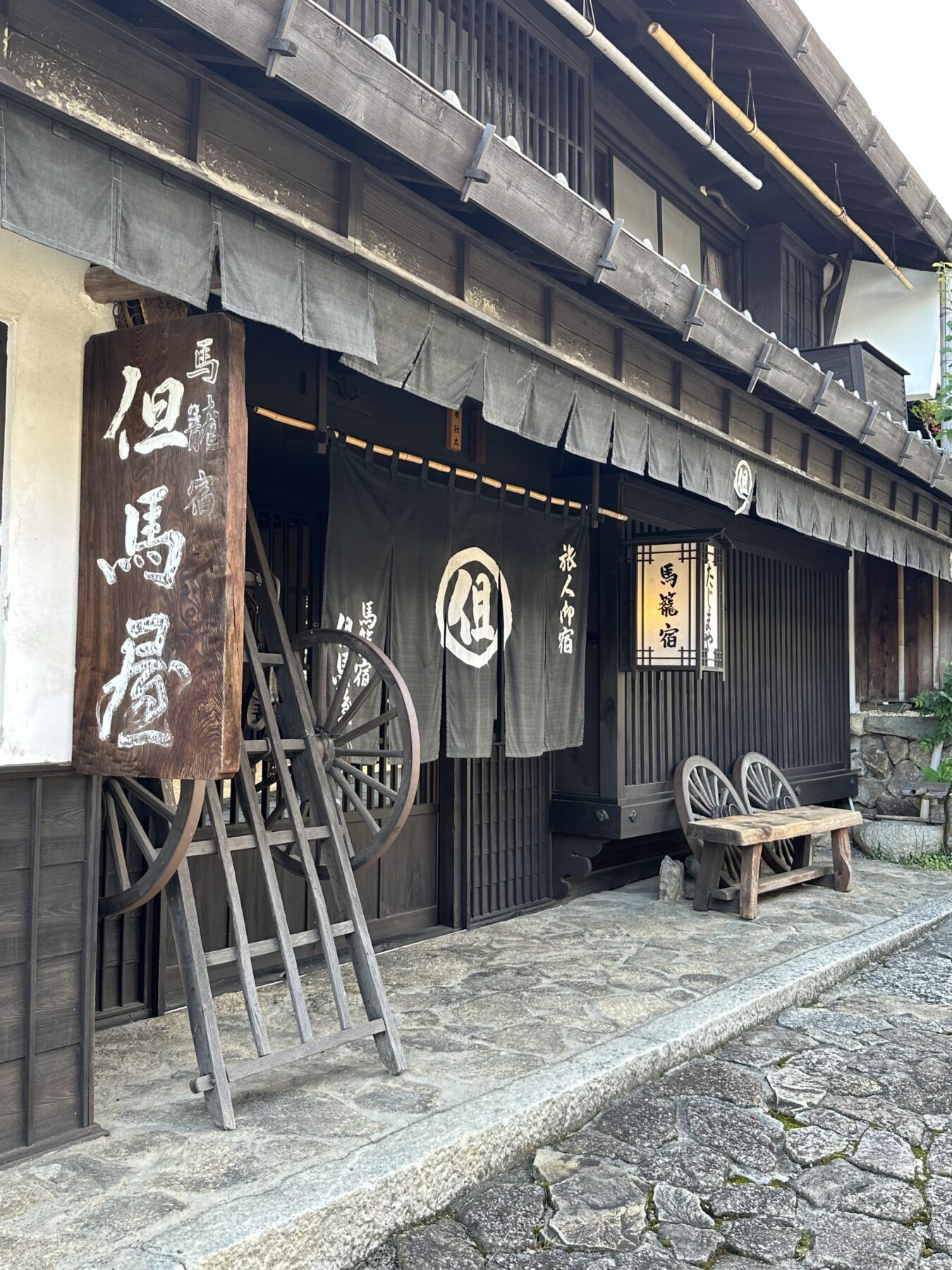
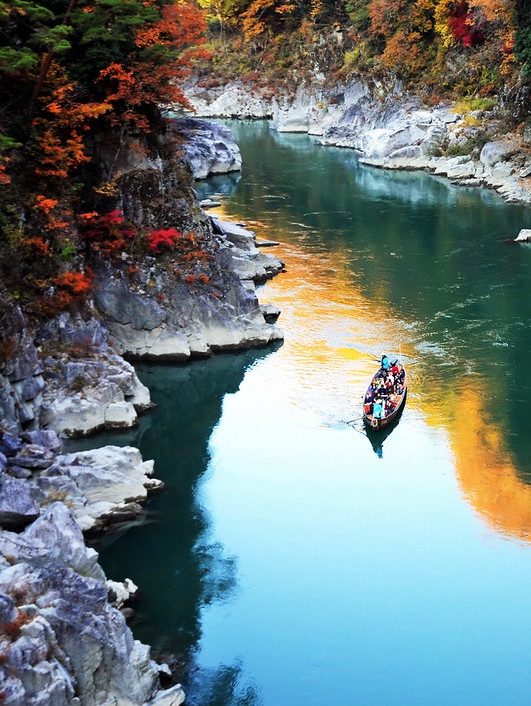
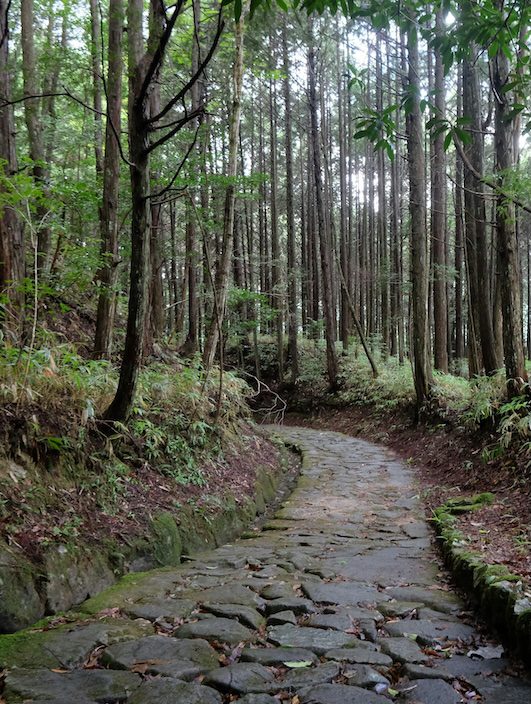
WHERE
Japan
DURATION
5 days
GROUP SIZE
Private
Includes
starting from S$ 7,500*
Price per person (based on 2-to-go)
Reach out to our team to learn more.
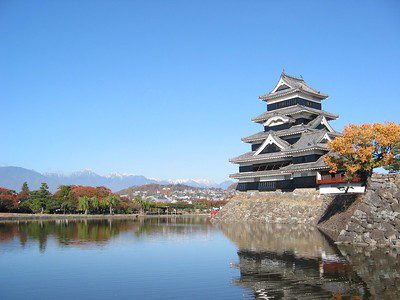
Your journey begins with a warm welcome from your local guide, followed by a scenic transfer to Matsumoto, nestled in the heart of Nagano Prefecture. After settling into your accommodation, enjoy a gentle introduction to Japan’s cultural and historical richness.
The highlight today is a visit to Matsumoto Castle, one of Japan’s most complete and visually striking original castles. Its iconic black facade has earned it the nickname “Crow Castle,” and its impressive wooden interior, intricate architecture, and surrounding moat offer a window into the grandeur of Japan’s feudal era. The serene setting, backed by the snow-capped Northern Alps, is especially photogenic and sets a tranquil tone for your journey ahead.
You’ll be treated to a traditional Japanese set lunch en route and later a multi-course kaiseki dinner at your hotel, introducing the refined culinary traditions of the region. Take the evening to unwind and prepare for the days of exploration and hiking along the historic Nakasendo Trail.

Begin your hiking adventure on the storied Nakasendo Trail, once used by samurai and merchants traveling between Kyoto and Edo (Tokyo). Today’s segment takes you through beautifully preserved post towns and forested mountain paths steeped in Edo-period charm. Start in Naraijuku, often referred to as the “Narai of a Thousand Houses.” This atmospheric post town features rows of traditional wooden buildings, many of which now house quaint shops, tea rooms, and minshuku (traditional inns). Continue through the scenic Torii Pass, a quiet mountain trail connecting Narai to Yabuhara. Lined with towering cedars and ancient stone markers, the route offers a reflective walking experience immersed in nature. Your journey concludes at Kiso-Fukushima, an important checkpoint town during the Edo period. The well-preserved sekisho (official barrier station) and Edo-style streets make for a captivating end to the day’s hike. Enjoy a hearty set lunch during the day, followed by a warm welcome and dinner at your accommodation.
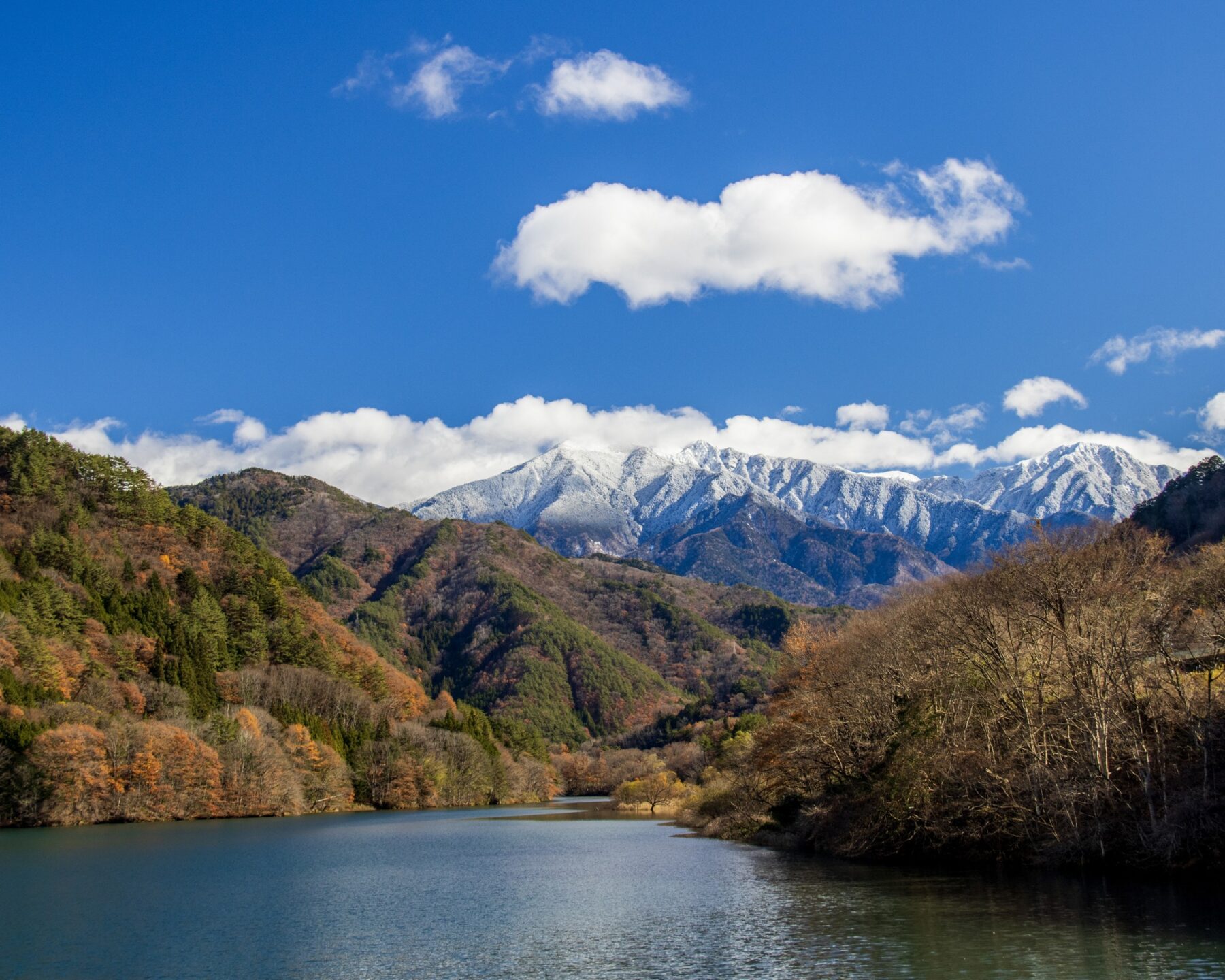
Today’s trail offers a blend of natural beauty and cultural encounters as you journey deeper into the Kiso Valley. Begin with a visit to Karasawa Waterfall, a 100-meter cascade tucked into a forested gorge, offering a refreshing and picturesque setting. Continue to Kaida Kogen, a tranquil highland plateau known for its expansive pastures, birch groves, and panoramic views of Mount Ontake, a sacred volcano. This serene region is ideal for gentle hiking and a visual feast for photographers and nature lovers. In the afternoon, visit Kiso Uma no Sato, a facility dedicated to the preservation of the Kiso horse, one of Japan’s oldest native breeds. Here, you can learn about the historical significance of these hardy, gentle horses and even try horseback riding. Your final stop is Nishino Toge, a scenic pass that offers another glimpse into Edo-period travel. The cobbled trails and lush greenery offer an immersive experience of traditional Japan. Arrive in Hirugami Onsen for a well-deserved soak in mineral-rich hot springs, rounding off a day of exploration with relaxation.
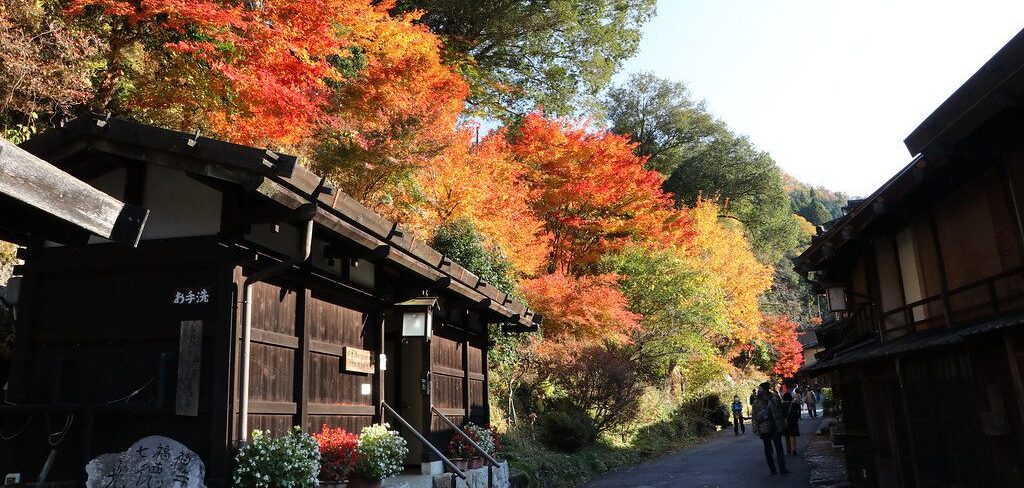
This morning, begin your hike in Tsumago-juku, one of the most beautifully preserved Edo-period post towns in Japan. Tsumago’s quiet streets are a living museum—there are no visible power lines, no intrusive signage, and the traditional wooden inns still welcome travellers as they did centuries ago. As you leave Tsumago behind, follow the historic Nakasendo Trail toward Magome-juku, crossing through serene cedar forests, rustic hamlets, and gentle mountain paths. This stretch is particularly enchanting in the morning light, with the soft rustle of leaves and birdsong accompanying your walk. Along the way, pause to admire stone-paved footpaths, small shrines, and panoramic valley views that evoke a deep sense of timelessness.
Arriving in Magome, you’ll find a picturesque hillside town filled with restored Edo-style buildings, charming cafés, and craft shops. The descent into Magome offers expansive views and a well-earned sense of completion. After exploring its vibrant yet historical lanes, transfer to Nagoya in the late afternoon.
Enjoy either a relaxed dinner at the hotel or head out for a lively izakaya experience. Tonight, rest well and reflect on the cultural depth and natural beauty you’ve experienced on the Nakasendo.
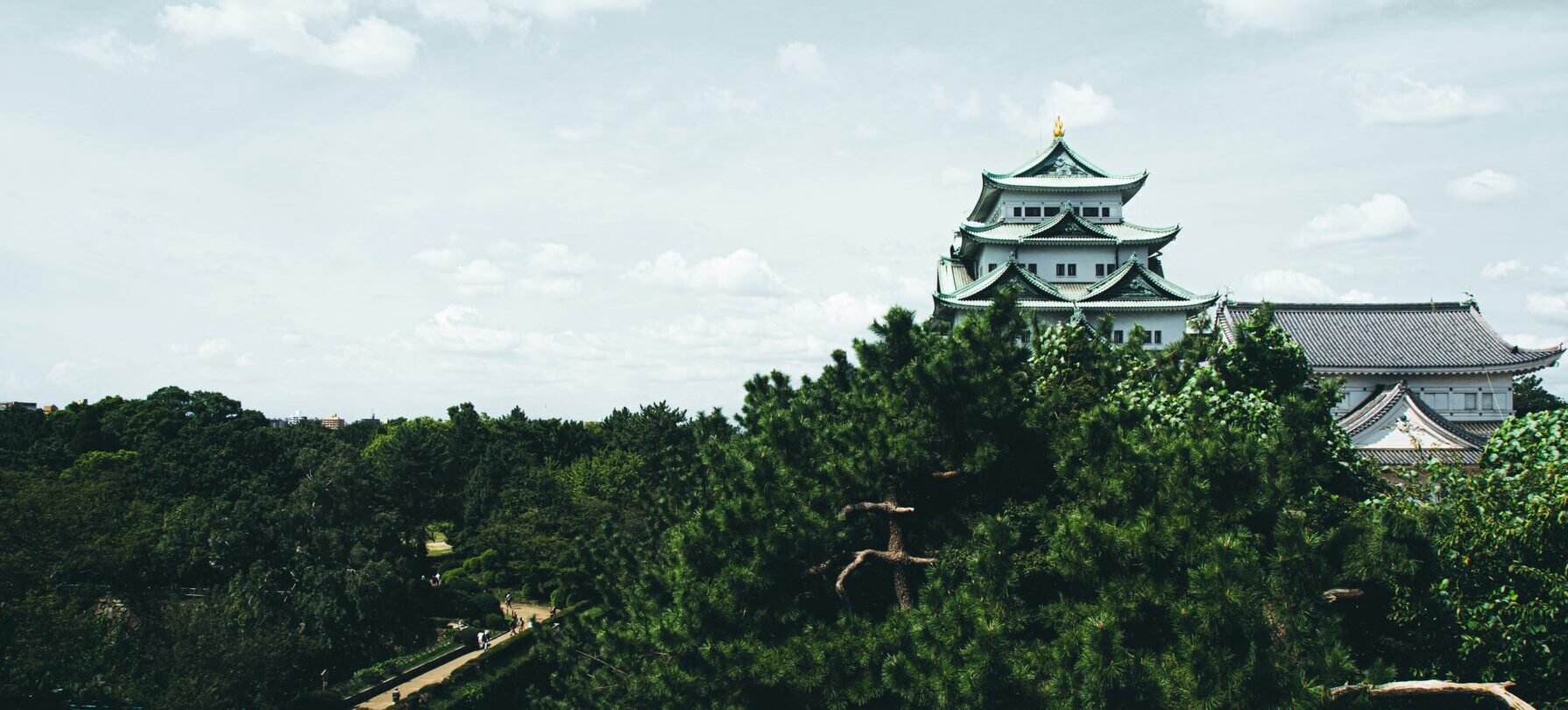
Today is yours to unwind, recharge, and explore Nagoya at your own pace. After days of hiking and immersion in Japan’s rural and historical landscapes, enjoy a leisurely urban interlude. For those wishing to explore, Nagoya offers a balance of cultural sites and contemporary attractions. Visit the grand Nagoya Castle, stroll through Osu Shopping Street, or enjoy a quiet moment at Atsuta Shrine, one of Shinto’s most revered places. Alternatively, use the day to indulge in some local cuisine—perhaps miso katsu or hitsumabushi eel rice—and browse artisanal shops or department stores.
The nearest international airport is Chubu Centrair International Airport in Nagoya (NGO).
The Nakasendo Trail isn’t your typical hiking experience—it’s a journey through living history. Most travelers tackle the iconic Magome-to-Tsumago section, an 8-kilometer route taking 2-3 hours at a leisurely pace. We recommend a more immersive experience, extending to other charming towns that are off-the-beaten track.
Plan ahead for popular seasons such as spring cherry blossoms or autumn foliage seasons.
Spring awakens the trail with delicate cherry blossoms and mild temperatures (10-20°C), while autumn transforms the Kiso Valley into a tapestry of fiery reds and golds (15-25°C). These seasons offer the most comfortable hiking conditions and stunning photography opportunities.
Summer brings lush greenery but also humidity and occasional typhoons. Winter creates a magical snow-covered landscape, though you’ll need proper gear and should expect some trail closures so it’s not recommended for those who want more hiking options.
Avoid Golden Week (late April/early May) and Obon holiday (mid-August) when domestic tourism peaks. Weekdays offer the most serene experience, letting you truly step back in time.
The Nakasendo surprises first-time hikers with its variety. Stone-paved sections give way to forest paths, while rural farmland opens to mountain vistas.
Expect to share the path with both international visitors and local day-hikers, though early morning starts reveal the trail’s more meditative character. Rest stations and clean public facilities appear regularly—this is Japan, after all.
Weather can change quickly in the mountains. Pack layers and rain protection, even on clear days. The trail’s moderate difficulty suits most fitness levels, though some sections involve steep stone steps worn smooth by centuries of footsteps.
Food along the Nakasendo reflects the region’s mountain heritage. Try gohei-mochi (grilled rice cakes with sweet miso), soba noodles made from local buckwheat, and oyaki dumplings filled with mountain vegetables. Many ingredients are foraged from the surrounding forests and will surely delight your taste buds.
Participate in tea ceremonies at restored tea houses, some dating to the Edo period. Local artisans still practice traditional crafts—watch lacquerware being made in Narai or purchase handmade wooden items as authentic souvenirs.
Each post town maintains its own festivals and traditions – witness local celebrations that have continued unbroken for centuries, offering glimpses into Japan’s soul that few tourists ever see.
Sweet Spot (May & October): Excellent weather with fewer crowds. Our most popular booking periods offer the best value-to-experience ratio.
Value Season (June-September): Lush greenery and intimate experiences at attractive rates. Summer brings unique festivals and extended daylight hours.
Winter Special (December-March): Snow-covered landscapes and cozy ryokan experiences. Limited options for those who want more hiking options as the trails will be covered with snow.
Join our carefully curated trip to experience the magic of Japan.